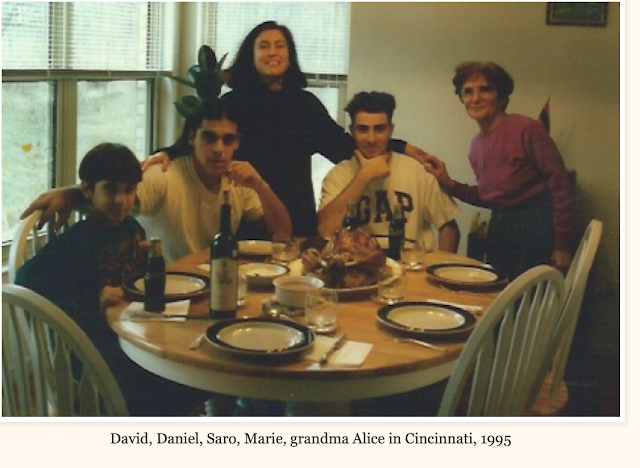By Antranig Chalabian
IN HINDSIGHT: I have reproduced excerpts from Dr. Antranig Chalabian’s booklet “Emperors, Tsars, and Commissars”. Second Edition, Michigan, 1988.
“The Turks would not be in Istanbul today, if the Greek Emperors of the Byzantine Empire had adopted the foresighted and politically sensible policy towards their coreligionist Christian Armenians.
At the beginning of the eleventh century A.D., Armenia was a large country with more than ten million of whom six million were Armenians. Armenia was situated at the strategic eastern boarder of the Byzantine Empire and as such, was a natural bulwark and a buffer state against barbaric incursions from the east. Any emperor in Constantinople with a little bit of common sense and political foresight would have supported Armenia, not because the Armenians were a Christian people like the Byzantine Greeks themselves, but for the very defense of the empire’s eastern borders, which were vulnerable to attack from east. But for centuries the Greeks did exactly the opposite, and followed a course of action that was not only contrary to reason, but detrimental to the interests of the empire itself. They tried ever political ruse, treachery, and pretext to obliterate Armenia and subjugate its people.
With the active moral and military support of the Byzantine emperors, Armenia would mobilize a considerable military force, and the powerful Byzantine army, having a strong Armenia as its ally, would ward off the menace of the Seljuk Turkish barbarians coming from the central Asia, thus changing the course of history in the entire Middle East. It should be noted here, en passant, that one of the mightiest of the Seljuk Turkish leaders, Alp Arslan, had inflicted a smashing – and ultimately mortal – blow to the power and priviledge of the Emperor Romanus IV Diogenues’ army at Malazgirt, in 1071, with a horde of only 200,000 men. An alliance between Byzantine Empire and Armenia could have created a more formidable army. ………….
The cause of this bitter animosity of the Byzantine Creeks against the Armenians was religious. The Greeks wanted the Armenians to abandon their national church tenets. There was scarcely a split hairs difference between the two.
Jacques de Mogan in his “The History of the Armenian people”, 1918 noted o page 178, “The hatred of the Orthodox Greeks for the Gregorians was not assuaged by annexation of Armenia to the Empire and the Greeks to convert the Armenians to their creed, used the same severity as the Arabs and Turks. …Armenia was actually enslaved by the officials sent from the Imperial capital. Heavy taxes loaded down the people, and the extorted gold was used either to pay off the Barbarians or to build churches on the Phosphorous. Byzantium made its business to get rid, by steel or poison, of the Armenian nobles, who had so much influence with the people, and no noble was sure of living the morrow.”
Following the demise of Armenia, the Turkish hordes penetrated deeper and deeper into the Byzantine territory because the Greeks did not have adequate forces in the east to defend the eastern borders of the empire. In 1064, the Seljuk Turkish leader Alp Arslan (The Brave Lion), stormed Ani, the once proud capital of the Bagretid kings. The inhabitants were put to the sword and the blood began flowing like a river in the streets and squares of the city. (Armenian chronicler of the eleventh century, Aristakes Lastivert).
The Mongol-Tatar invasions and their conflicts with the Turks delayed the fall of Constantinople for a couple of hundred years, but the great metropolis of the Byzantine Empire was finally stormed by Sultan Mahammed II in 1453. The capital of Constantine the Great was turned into a bloodbath, and the Turkish leader could feed his horse on the High Altar of the magnificent St. Sofia Cathedral as he had vowed.”
Links
The book (No. 1/4)
http://vhapelian.blogspot.com/2021/09/in-hindsight-emperors-tzars-and.html
The Tsars (No. 3/4)
http://vhapelian.blogspot.com/2021/09/in-hindsight-emperors-no-2.html
The Commissars (No. 4/4)
http://vhapelian.blogspot.com/2022/01/emperors-tsars-and-commissars.html















